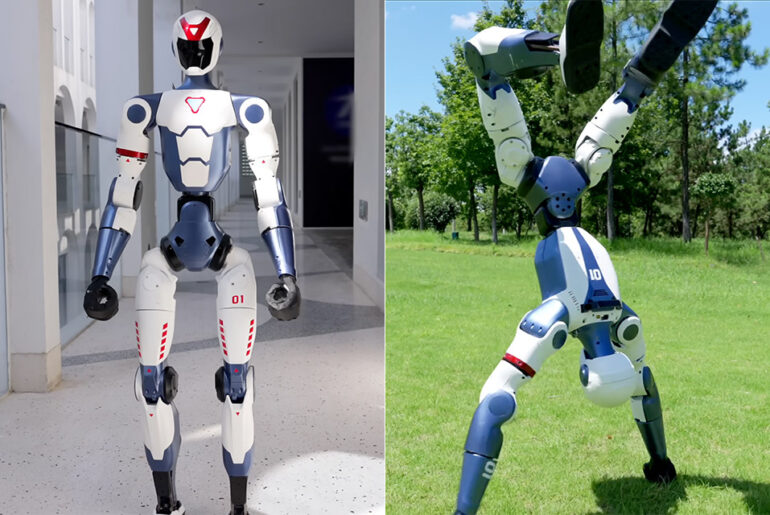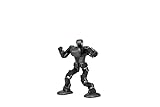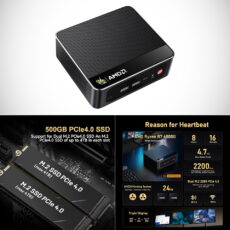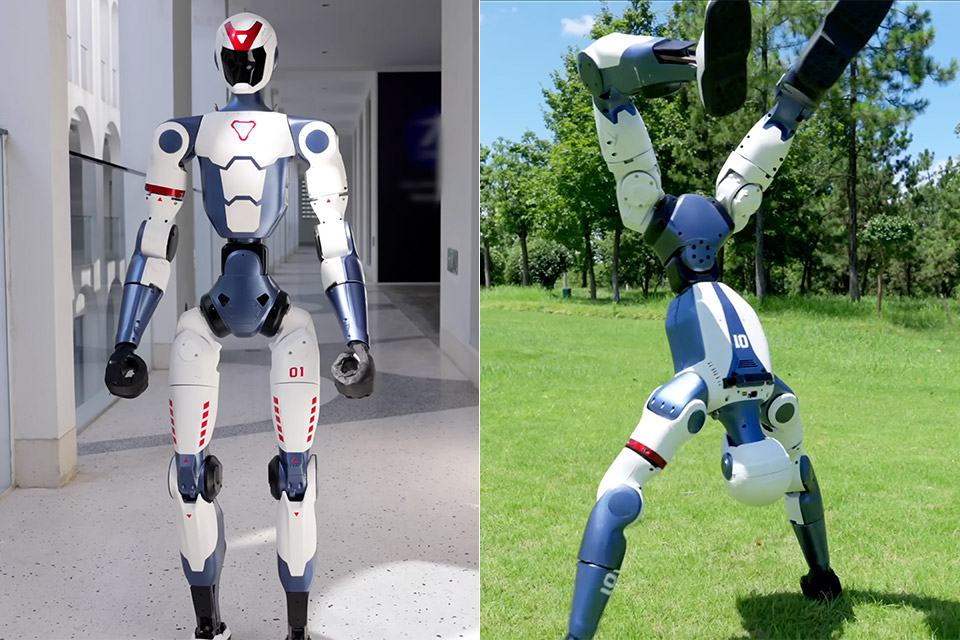
Unitree Robotics, a company from Hangzhou, China known for affordable humanoid robots, has introduced the R1, a new model that takes affordability and functionality to the next level. At $5,900, this 4-foot, 55-pound robot can do cartwheels, handstands and roundhouse kicks. That’s a lot of performance for the price.
Despite the low price, the R1 prioritizes agility and utility with 26 joints, just like more expensive robots. Unitree’s videos show it running downhill, doing flips and punching with precision. It weighs 25kg, lighter than the G1 which costs $13,800 and weighs 35kg. Unlike the G1’s uneven CES 2025 demos, the R1’s smooth performances show Unitree has made progress in refining its tech.
- 82 Voice Command Words
- Aluminum alloy frame structures and gunmetal gray matte finish
- Free-walking, lightweight and portable

The R1 is powered by an 8-core CPU and GPU combo, with rumors of an NVIDIA partnership for real-time processing. A removable battery gives about an hour of runtime, perfect for developers to swap packs during testing. It has a binocular camera for depth perception and a 4-mic array for voice recognition. The R1 uses multimodal AI to process images and speech. Wi-Fi 6 and Bluetooth 5.2 for device communication and data streaming.
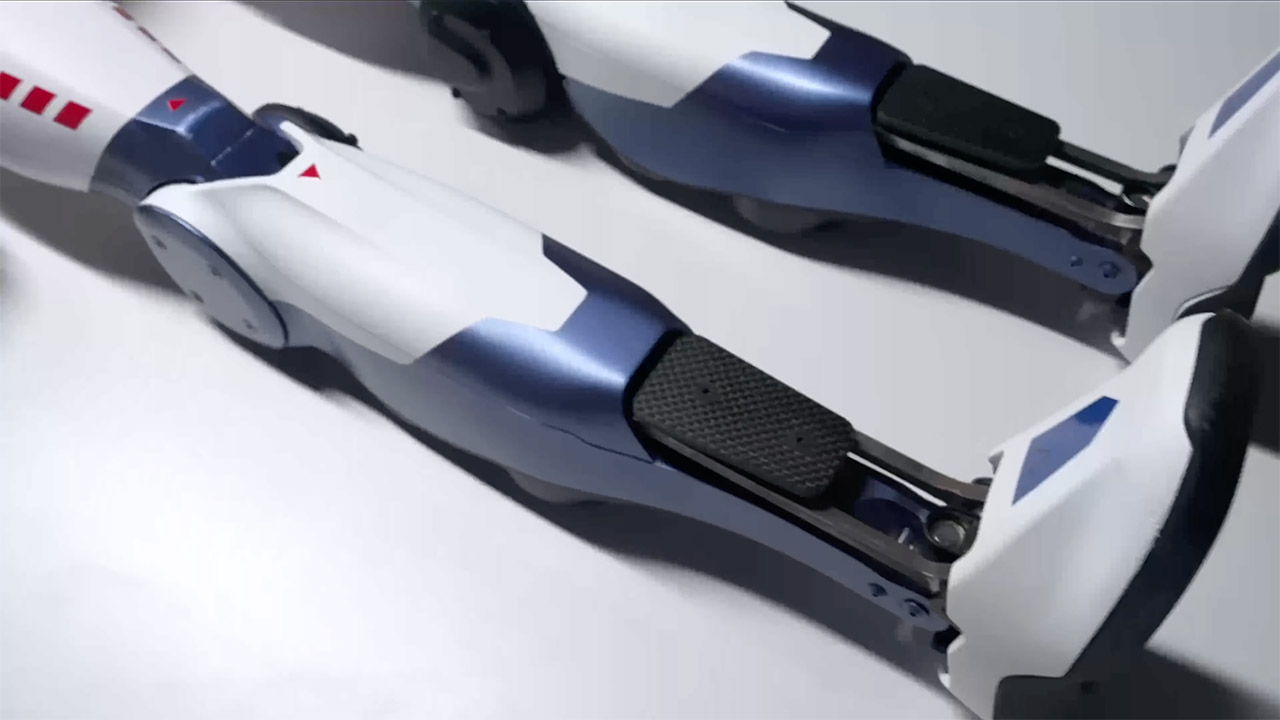
Marketed as “born for sport”, the R1’s true strength is its developer friendly design. Unlike the G1 used in factories by companies like Nio and Geely, the R1 is for individual coders and small research teams. Its control stack is the same as Unitree’s more expensive models, so code can scale to industrial applications, making it an entry point for innovators looking at the G1 or the $90,800 H1 already used in automotive manufacturing.
The R1’s $5,900 price point is a killer. Tesla’s Optimus is still in development and will be $20,000 at scale. Figure AI’s Figure 02 is around $50,000 and Apptronik’s Apollo and Agility Robotics’ Digit are similarly priced or more. UBTech’s Walker S is near $100,000 and the $3,000 HopeJR is an open-source kit without the R1’s polish. This price point redefines the low-end robotics market and forces Western competitors to adjust or lose market share.

